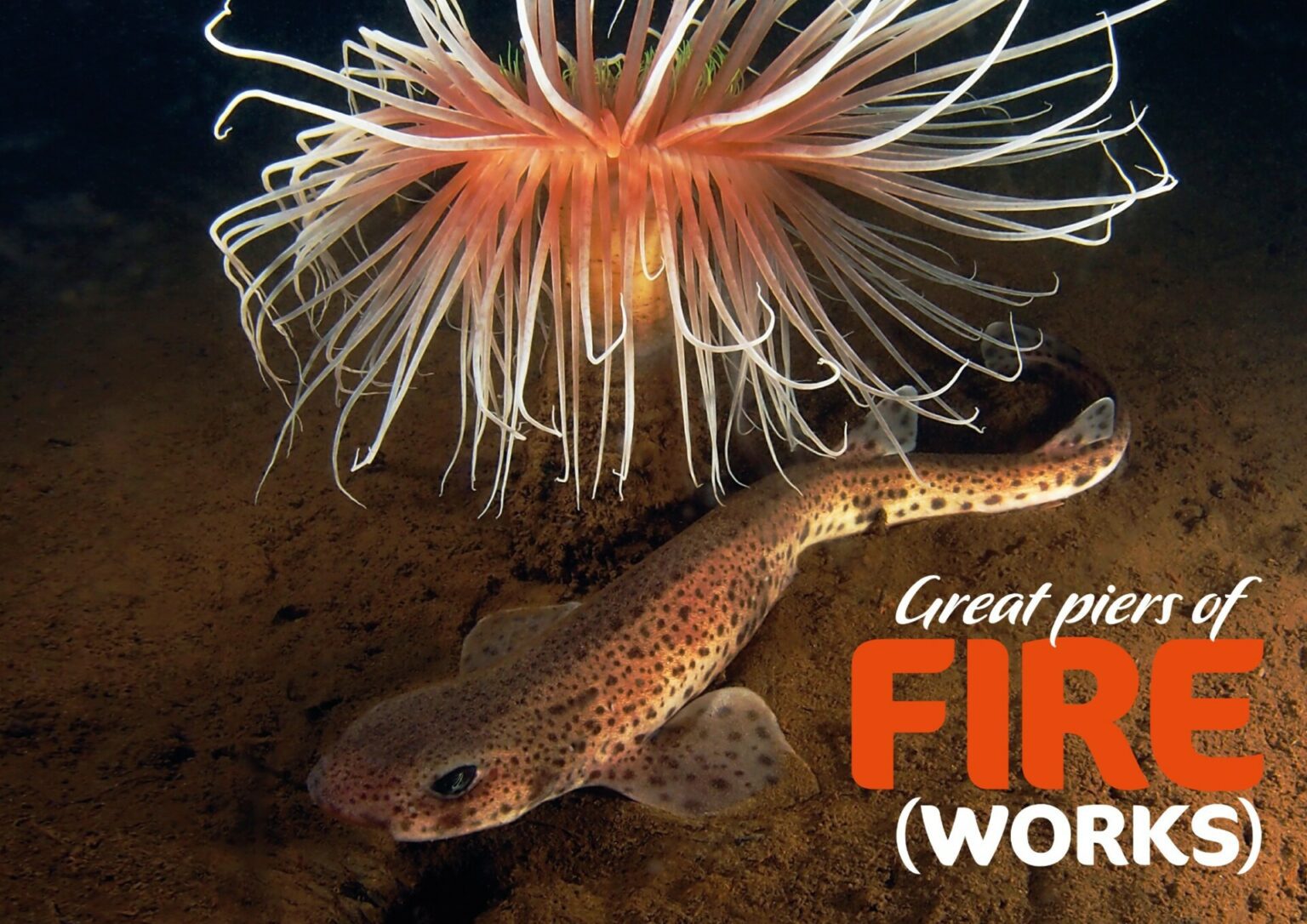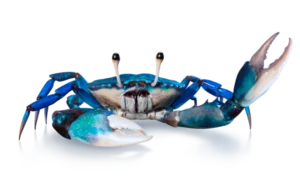Lawson Wood extols the virtues of Inverary Pier, which is located on the western side of Loch Fyne in Scotland.
Photographs by Lawson Wood and Dan Bolt
Piers have always been a fascination for me and, whenever possible, I will try and schedule a dive or two if there is a pier nearby.
Piers usually have good access with steps and slipways (usually both) and access onto the near shore.
Quite often, and particularly on the west coast of Scotland, the pier is the only access to the sea.
Piers, by their very nature, jut directly over the seabed and may be subject to tidal streams, but more than anything, the pillars supporting these piers are usually covered in marine life. More often than not, the piers have been subject to things being chucked off them for no apparent reason, or perhaps the builders’ materials were jettisoned or lost.
This type of dive can be kind of like a ‘muck’ or ‘rummage’ dive similar to the Lembeh Strait in Sulawesi, as there may be lots of detritus, including old shopping trollies, car tyres and other bits of junk. These are invariably now covered in all manner of marine life, including the small pink anemones, sea squirts, nudibranchs, shrimps, various algae and of course all the other little critters and fish which call this habitat home.
Inverary Pier is one such site. Situated at the top western side of Loch Fyne, Inverary is a popular tourist destination and is considered one of the gateways to not only the Highlands, but down the west of Scotland to the Mull of Kintyre. Inverary Castle is well worth a visit.
There are a number of places to stay to suit all budgets and even a small stretch of the car park next to the pier where you are allowed to stay overnight. The main car park is a pay and display, but there are public toilets just between the slipway to the beach and the pier.
Did you know?
Catsharks may be distinguished by their elongated, cat-like eyes and two small dorsal fins set far back. Most species are fairly small and have a patterned appearance, ranging from stripes to patches to spots.
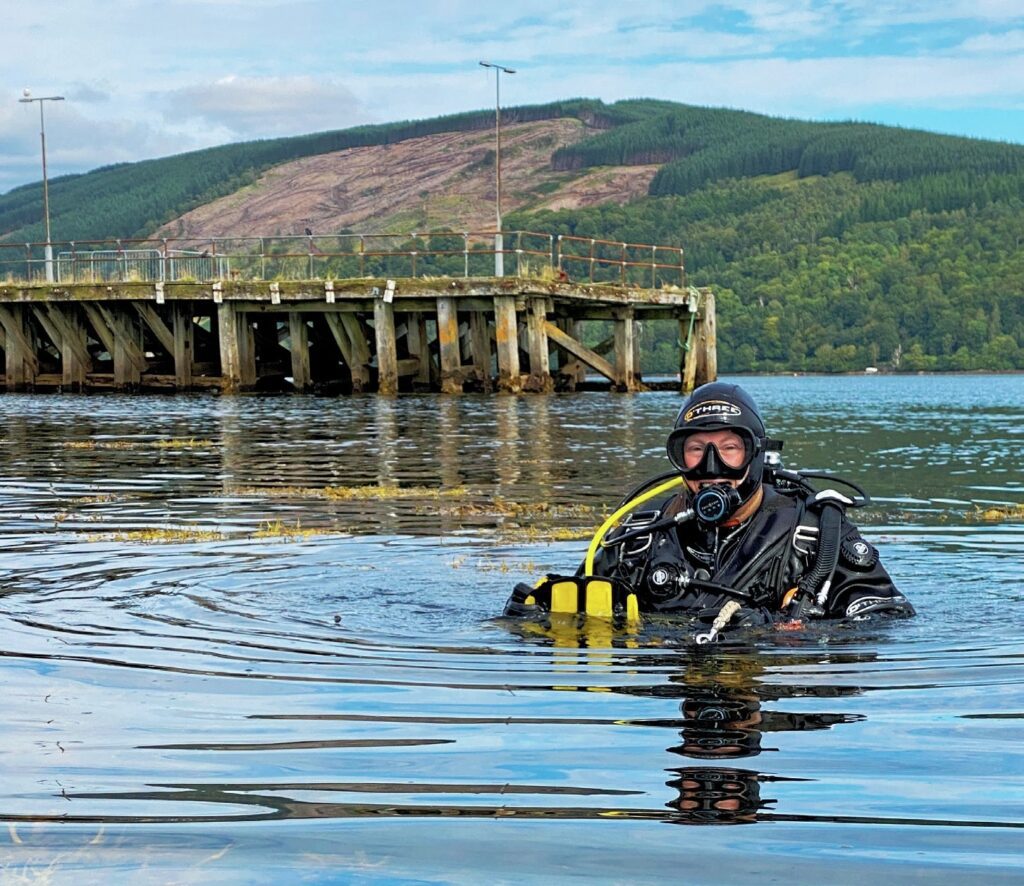
We have launched our RIB from this slipway in the past to venture further down Loch Fyne, but really, this is the easiest entry point around and perfect for a shore dive.
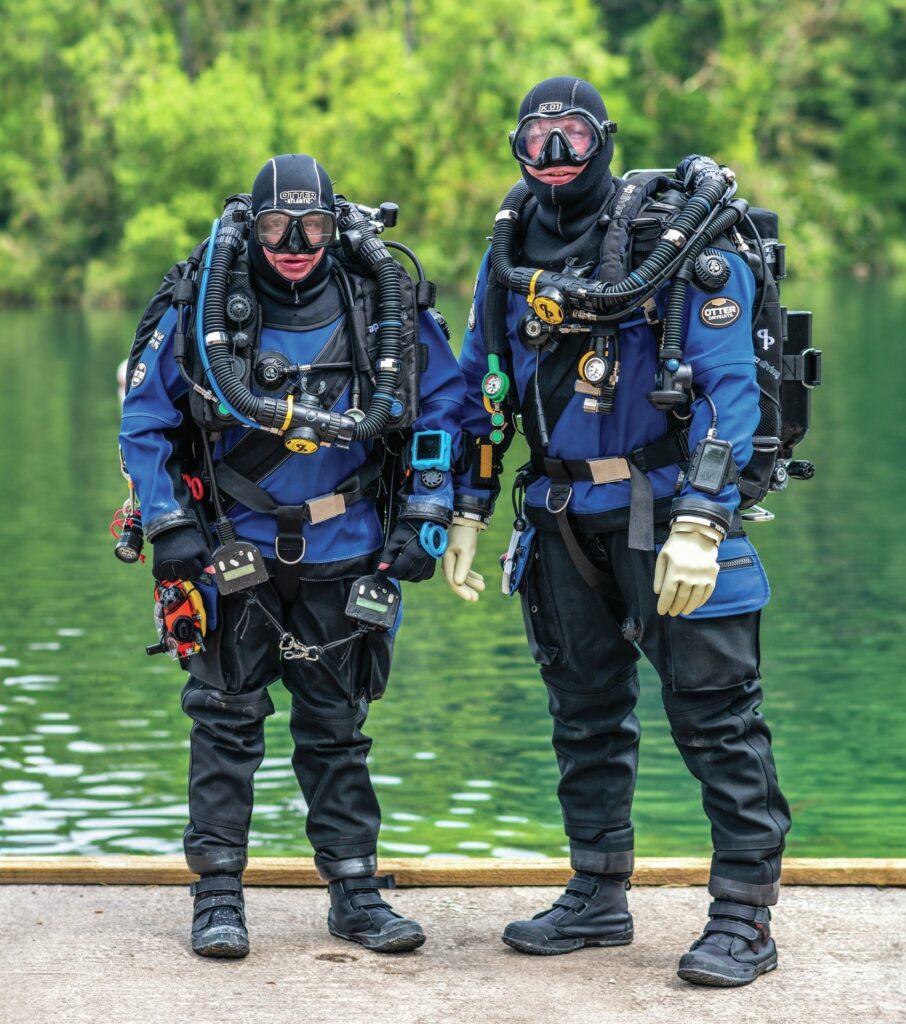
At high tide, exploring under the pier will yield massive amounts of interesting subjects, but as there are hardly any currents in this area, just go straight out and down the gently sloping seabed.
The near shore is covered in small stones which are smothered in sugar kelp and other algae with avenues of fine sand where entry and exit is easier.
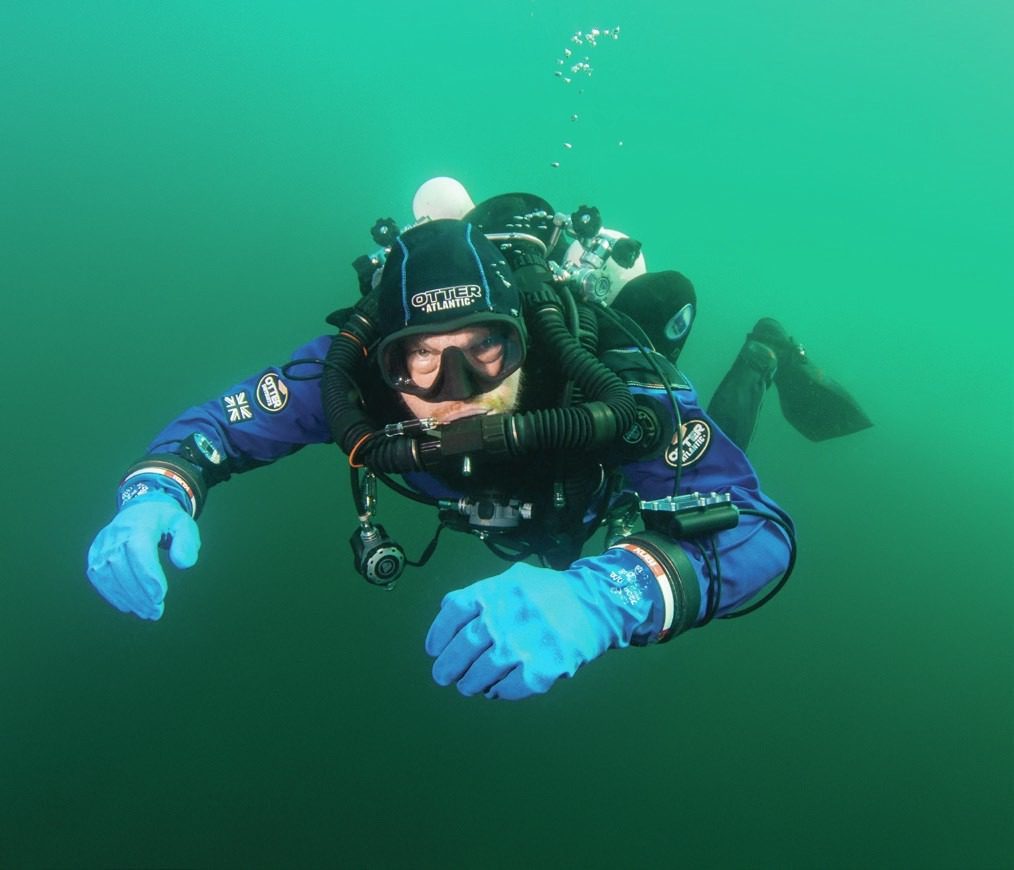
The slope is gentle with a number of rock and boulder outcrops and the fine sand gradually becomes a muddy substrate, so be careful of your fin kicks!
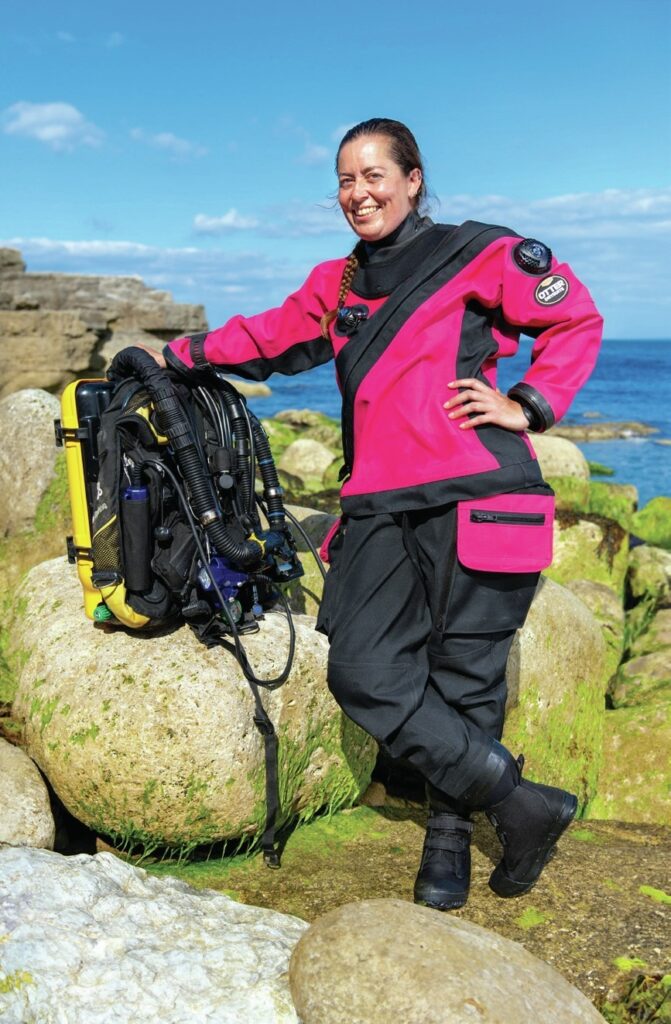
Closer to shore, small tube anemones (Cerianthus lloydii) are common and these are just the taster of what is to come as you drop deeper into Loch Fyne.
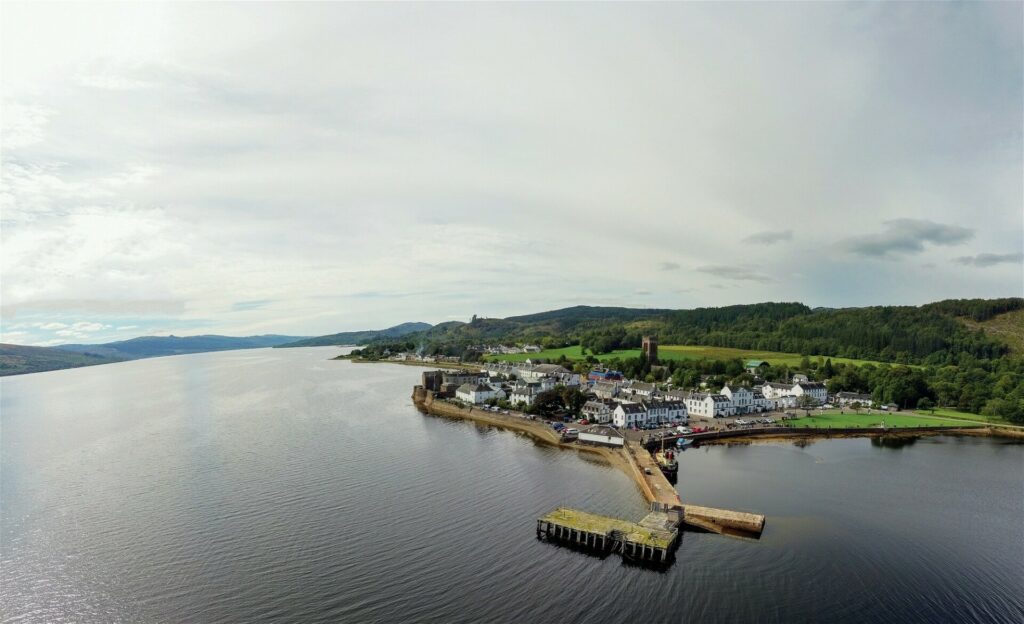
What is so particularly interesting is that once you reach around the 12m realm, you will start to find large numbers of fireworks anemones (Pachycerianthus multiplicatus) with their tentacles stretched out to capture any particles of plankton.
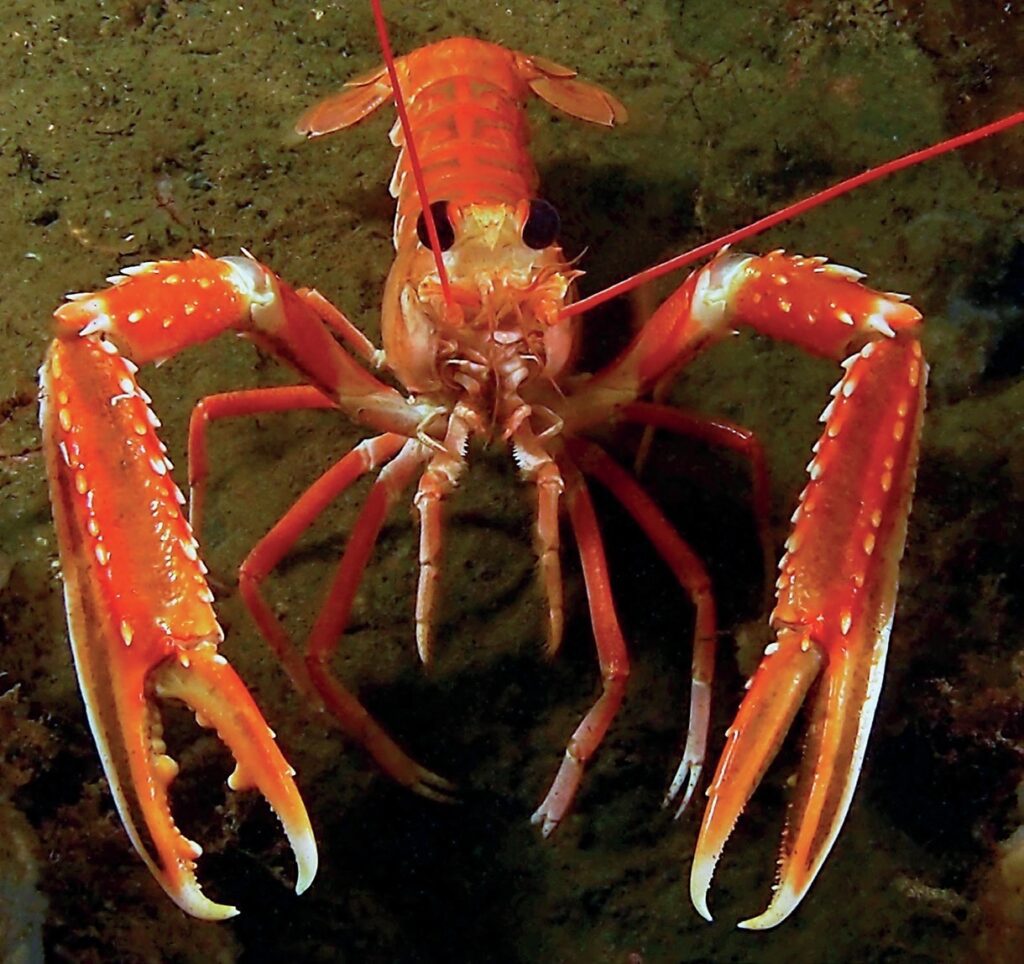
This anemone is almost identical in shape and size as the giant tube or fireworks anemone (Cerianthus membranaceus) from the Mediterranean and quite honestly, it takes a specialist in the field to tell them apart.
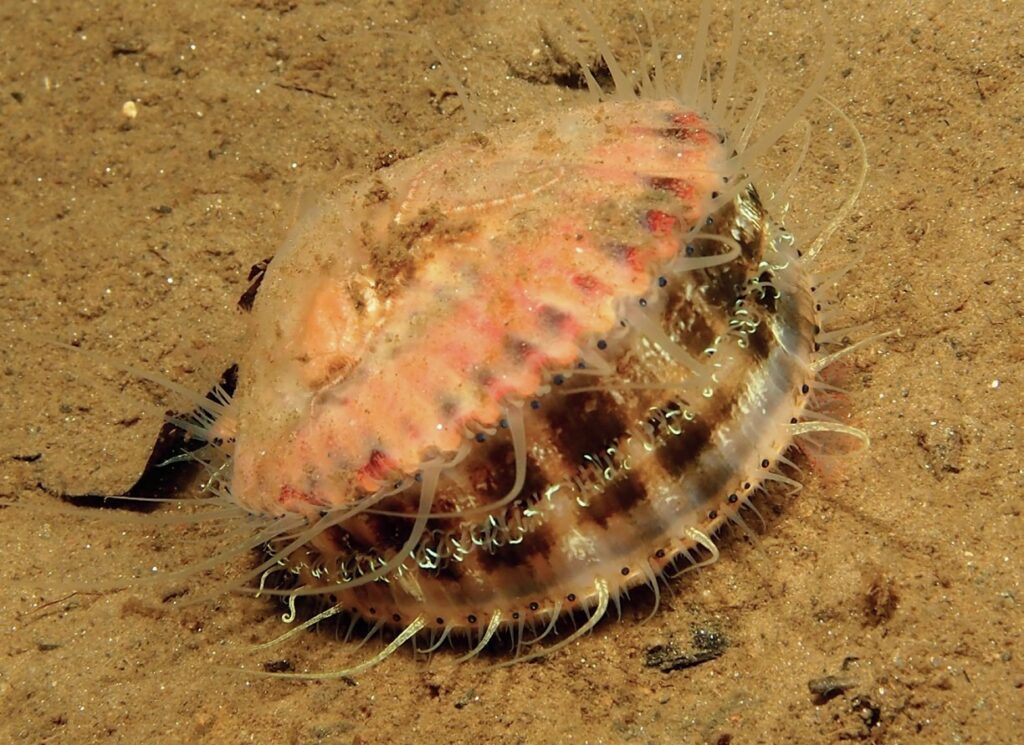
The fireworks anemone is one of the largest of the anemones found in British waters and can have a diameter of over 300mm. It has over 200 extremely long marginal tentacles, usually whitish, but more often with light brown bands and when fully extended during its feeding, it truly does resemble exploding fireworks.
Its tube-like body can be over 90cm long and the anemone is able to curl up its tentacle and withdraw into its tube should danger threaten.
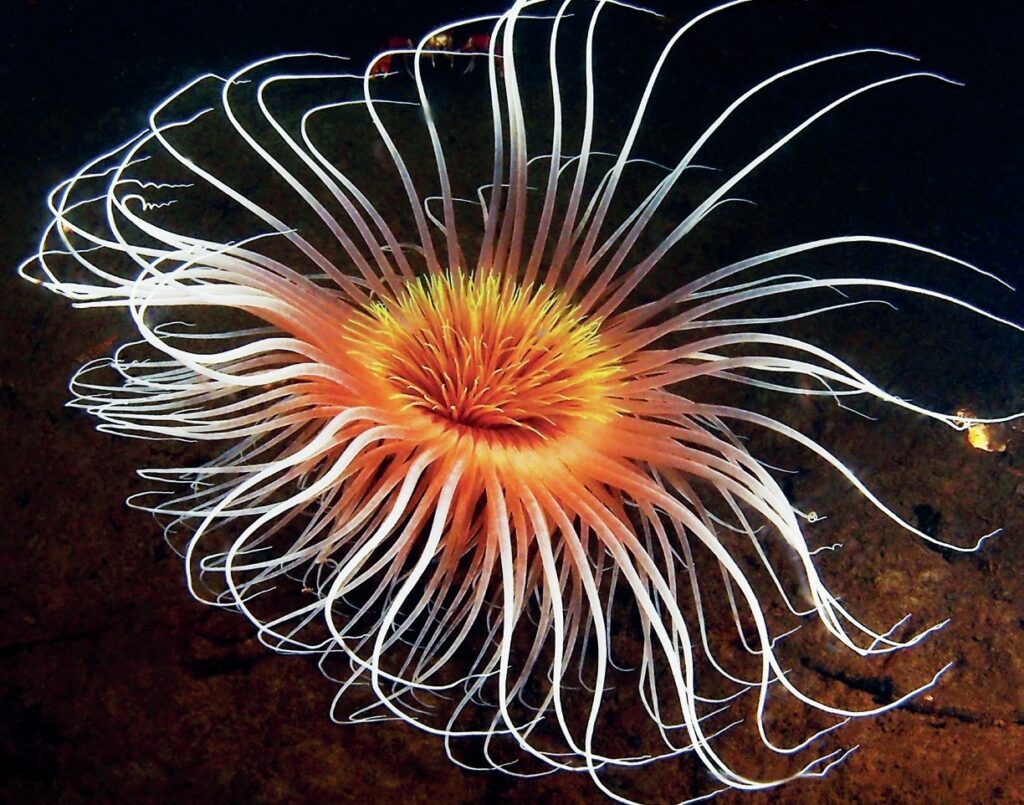
Perhaps the most danger to this species is the vulnerability of scallop and langoustine dredgers, which can decimate the seabed and utterly destroy everything in their path.
Thankfully, this practice is not undertaken so far north in Loch Fyne, due to the lack of commercial species and shallowness of the water.
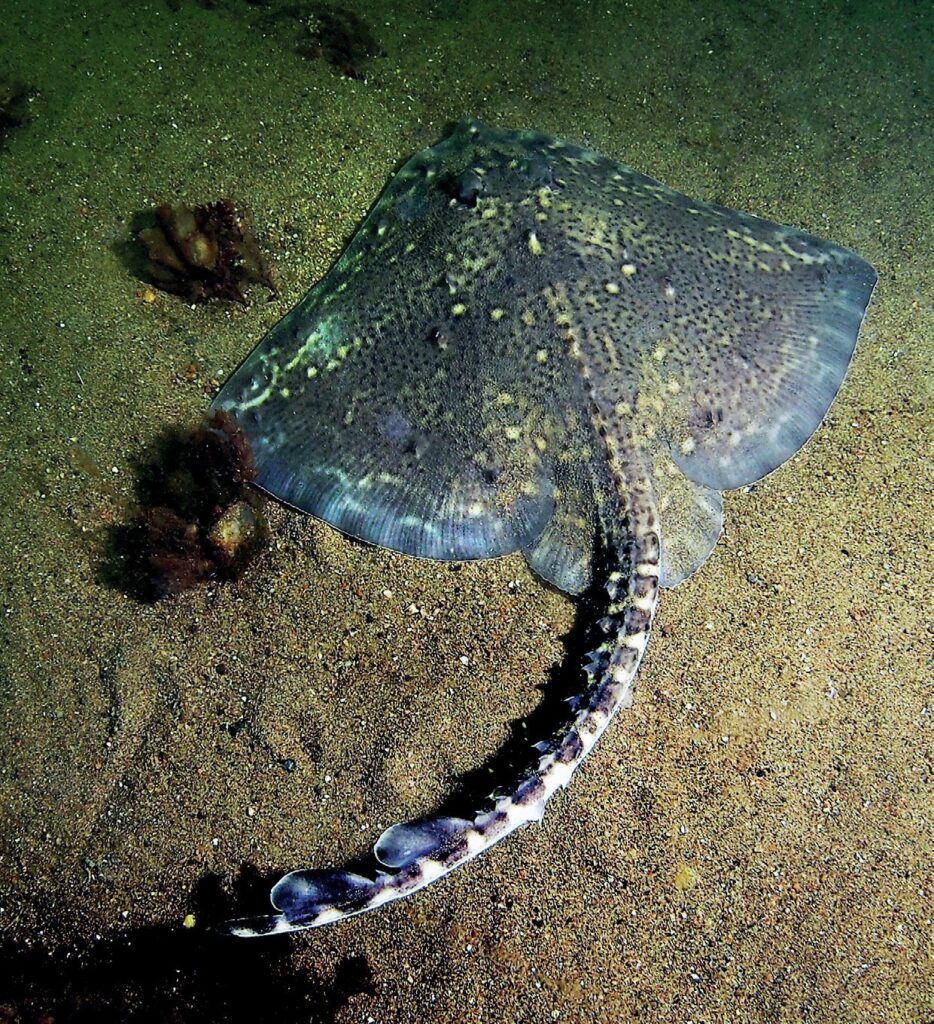
It isn’t all about the anemones, there are also three different species of sea pens, large whelks, long-clawed squat lobster (Munida rugosa) and the largest prawn of them all, the langoustine or Norway lobster.
This highly regarded (and tasty) species is also found among the anemones.
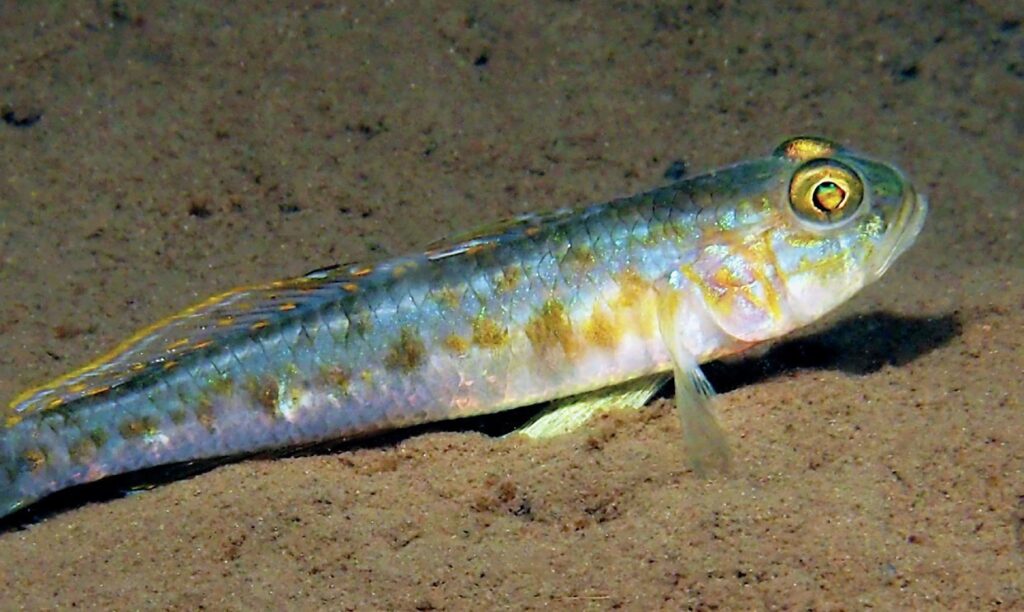
This bright orange crustacean lives in muddy burrows and has its attendant goby which warns it of any danger by diving into the burrow – identical behaviour to the partner gobies and burrowing shrimps found in more tropical waters. Frie’s goby (Lesurigobius freisi) grows to around 10cm and is only found in association with the prawn and is quite skittish and difficult to approach.
This symbiotic relationship is very important as one of the langoustine’s main predators is also found here.
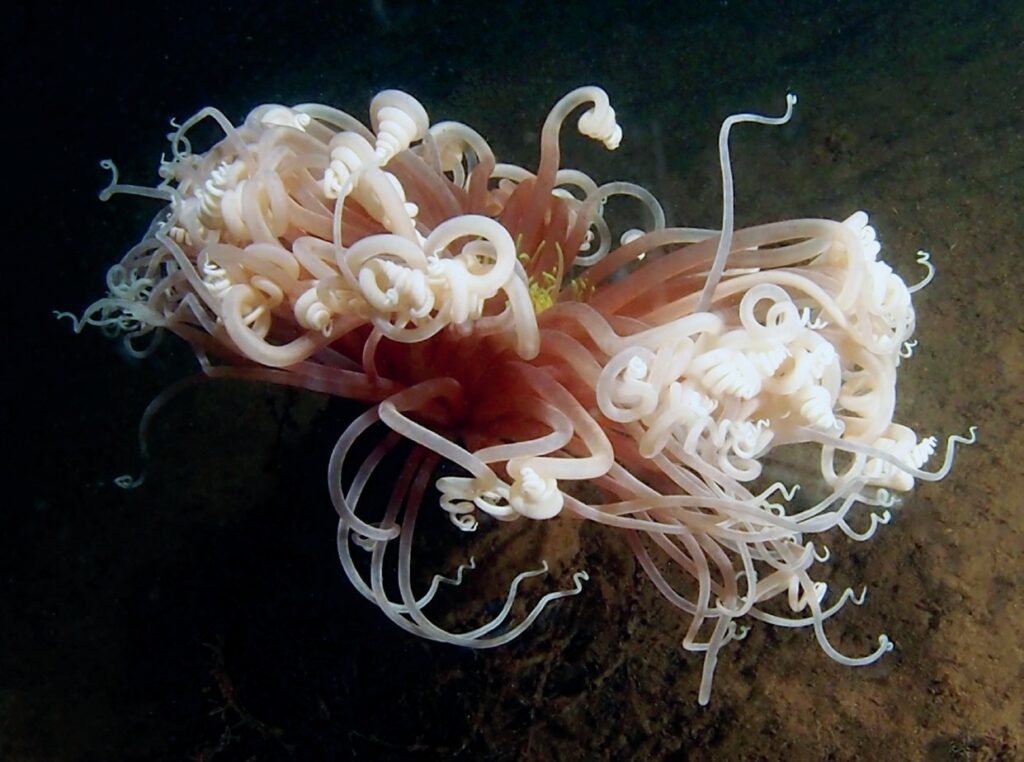
The lesser-spotted dogfish or spotted catshark (Scyliorhinus caniculus) is usually found among the fireworks anemones just waiting to pounce on the slow-moving langoustine which may have strayed too far from their protective burrow.
Queen scallops can be seen dancing away in front of you and little puffs of sand indicate where great scallops have just closed their lids to hide in the mud.
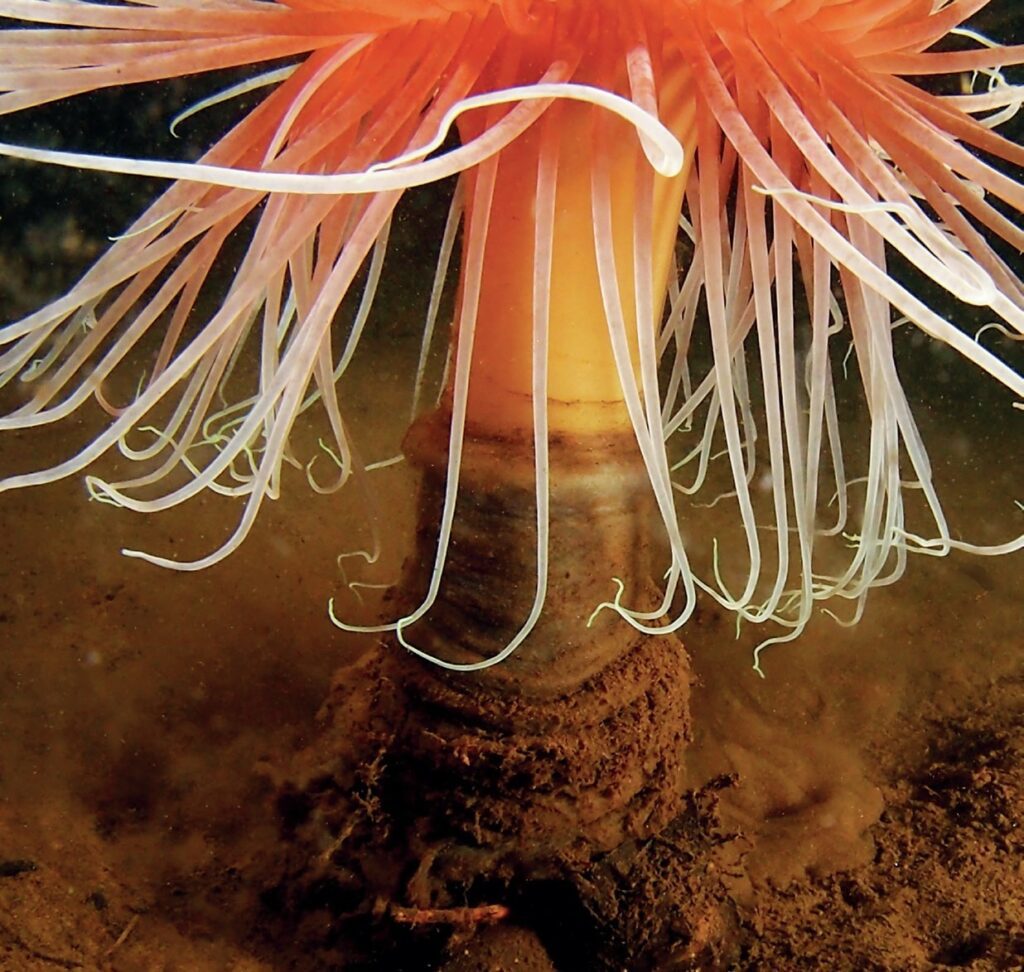
Hermit crabs are always around, as are juvenile gurnards, dragonets and sand eels. Large thornback rays (Raja clavata) are also a known predator of langoustine, but as aggressive bottom hunters, they will dig for burrowing starfish and sea urchins too.
Inverary Pier is just one of many amazing shallow water dive sites on the west coast of Scotland and it never ceases to amaze!
This article was originally published in Scuba Diver UK #76.
Subscribe digitally and read more great stories like this from anywhere in the world in a mobile-friendly format. Linked from Great Piers of Fire Works
